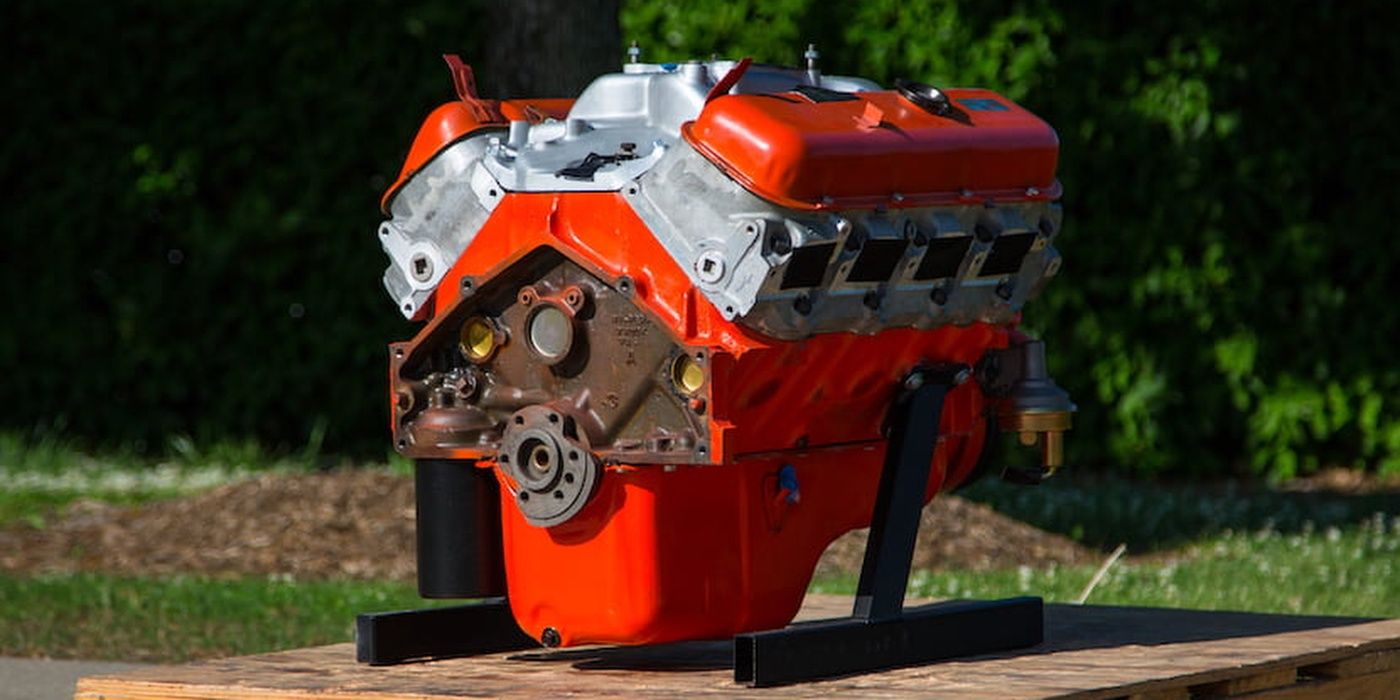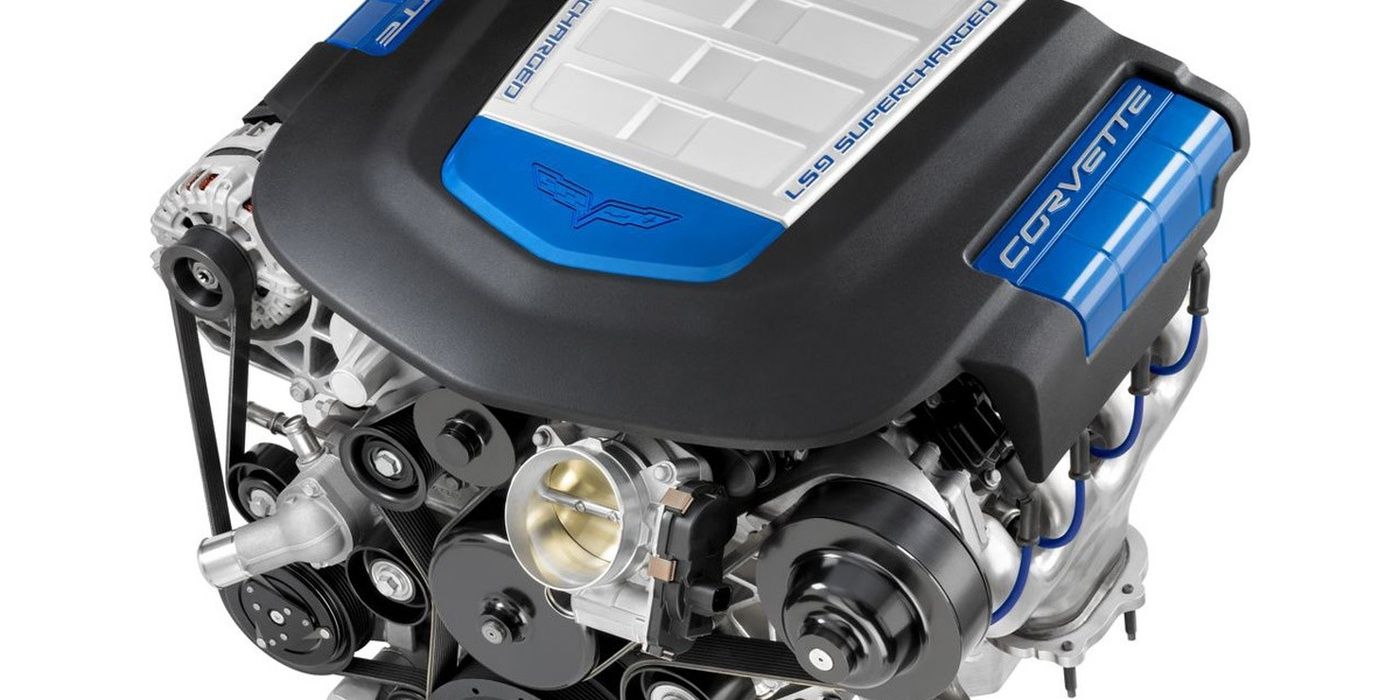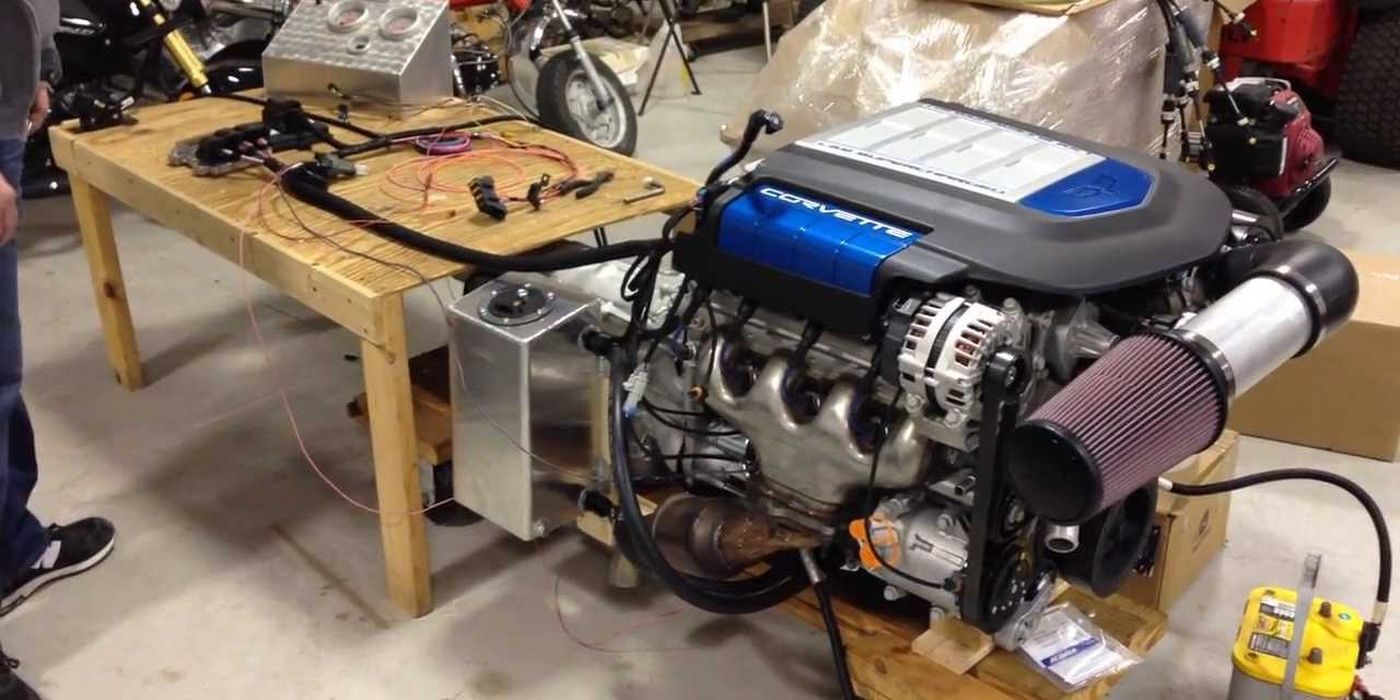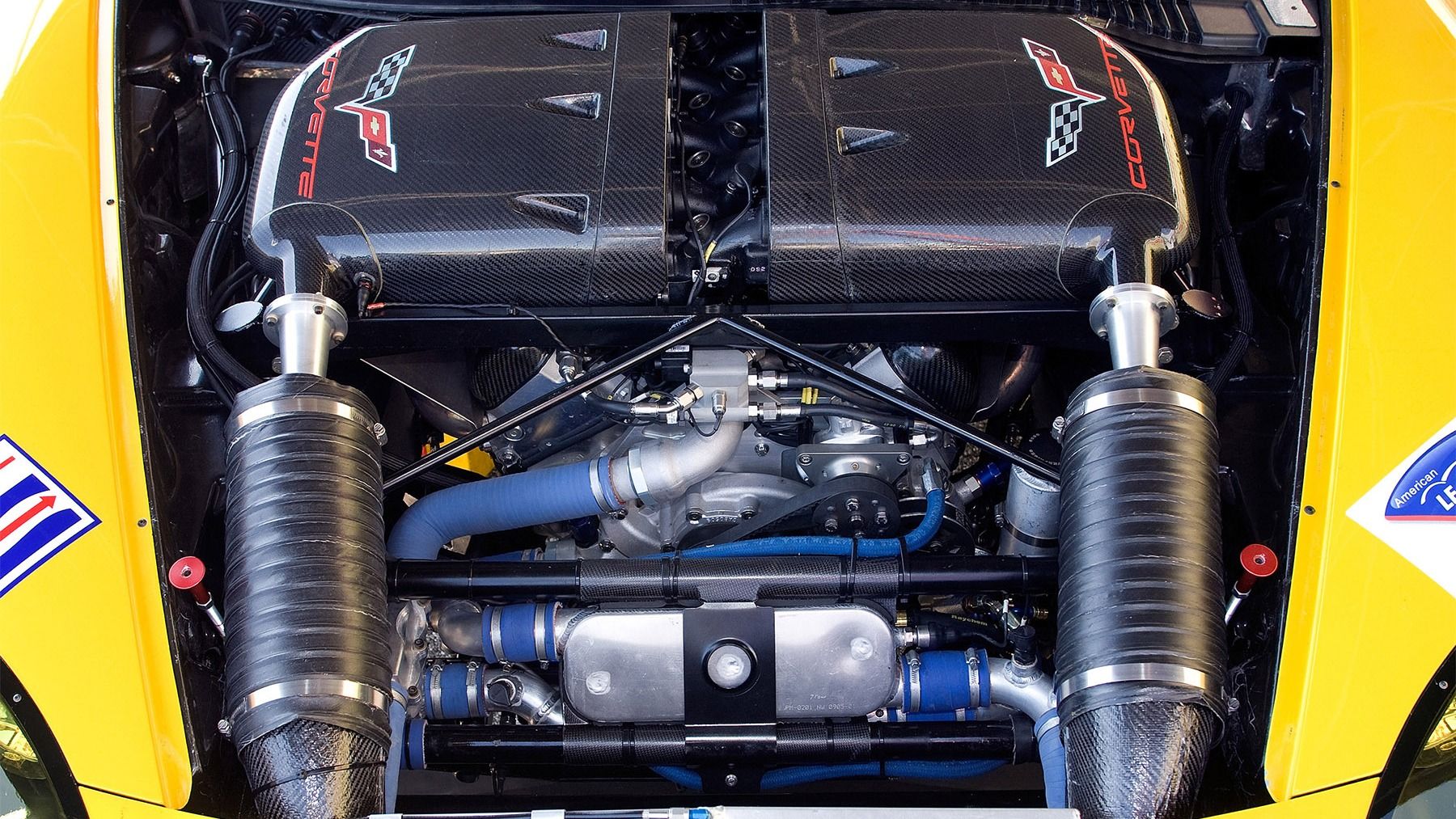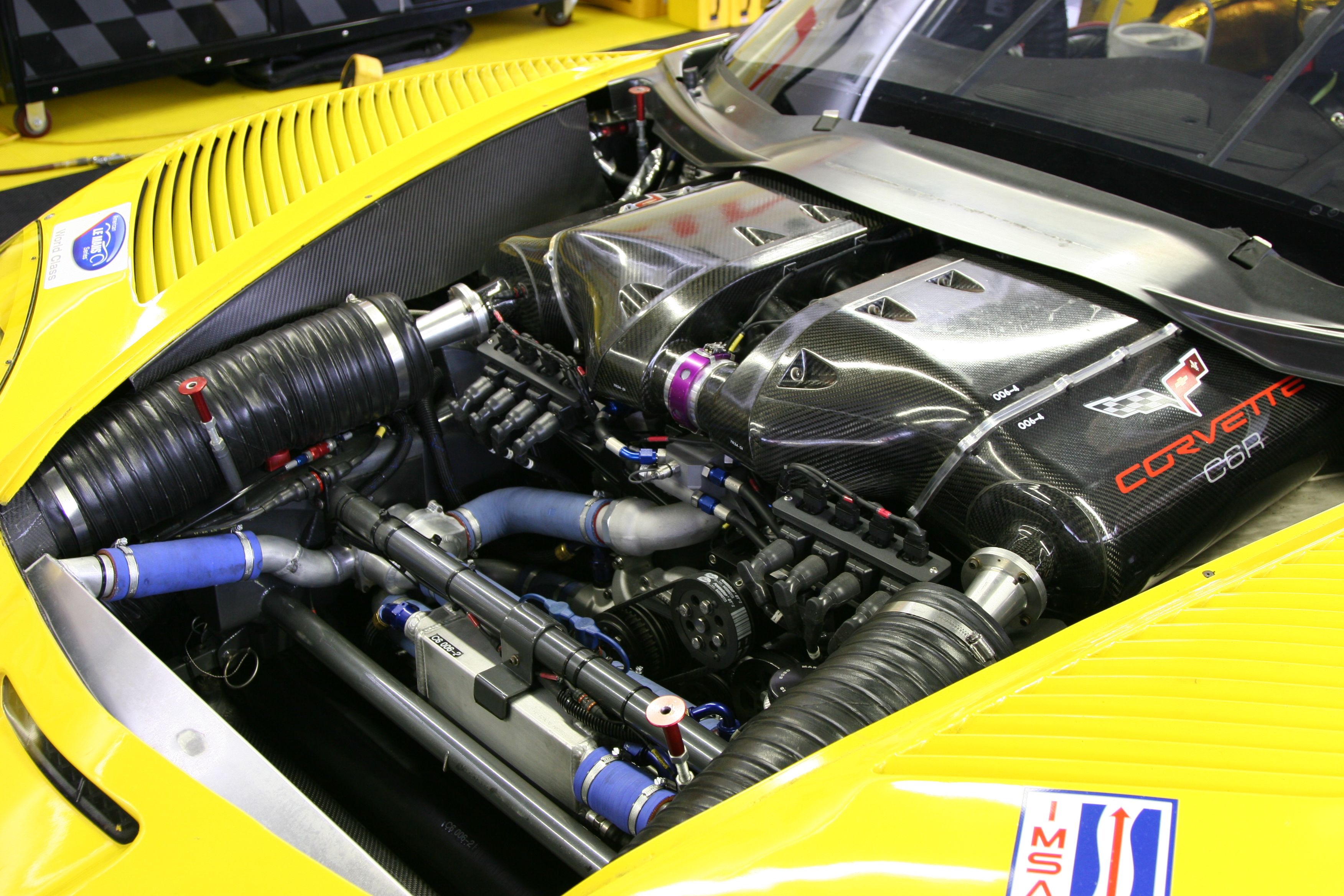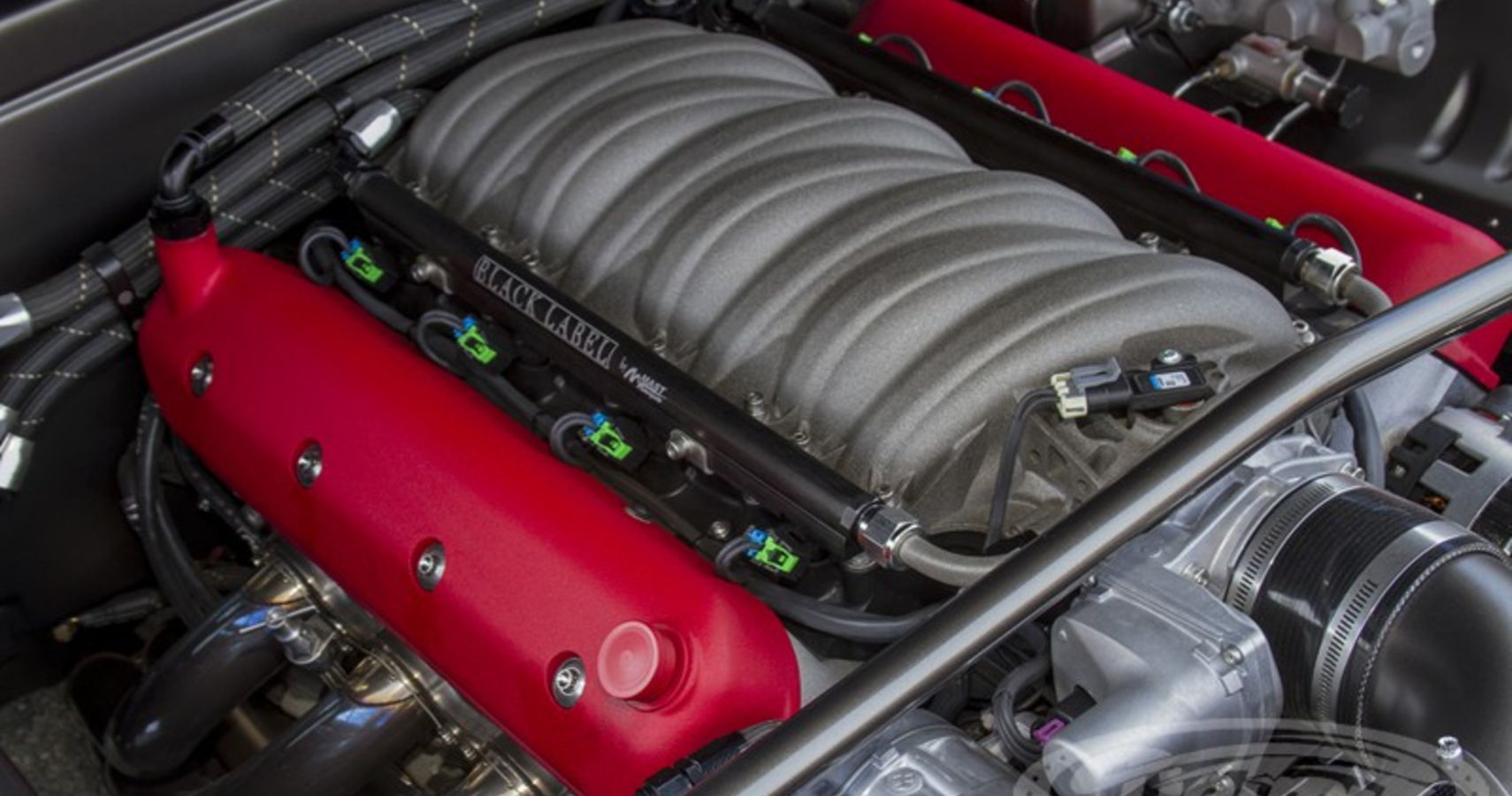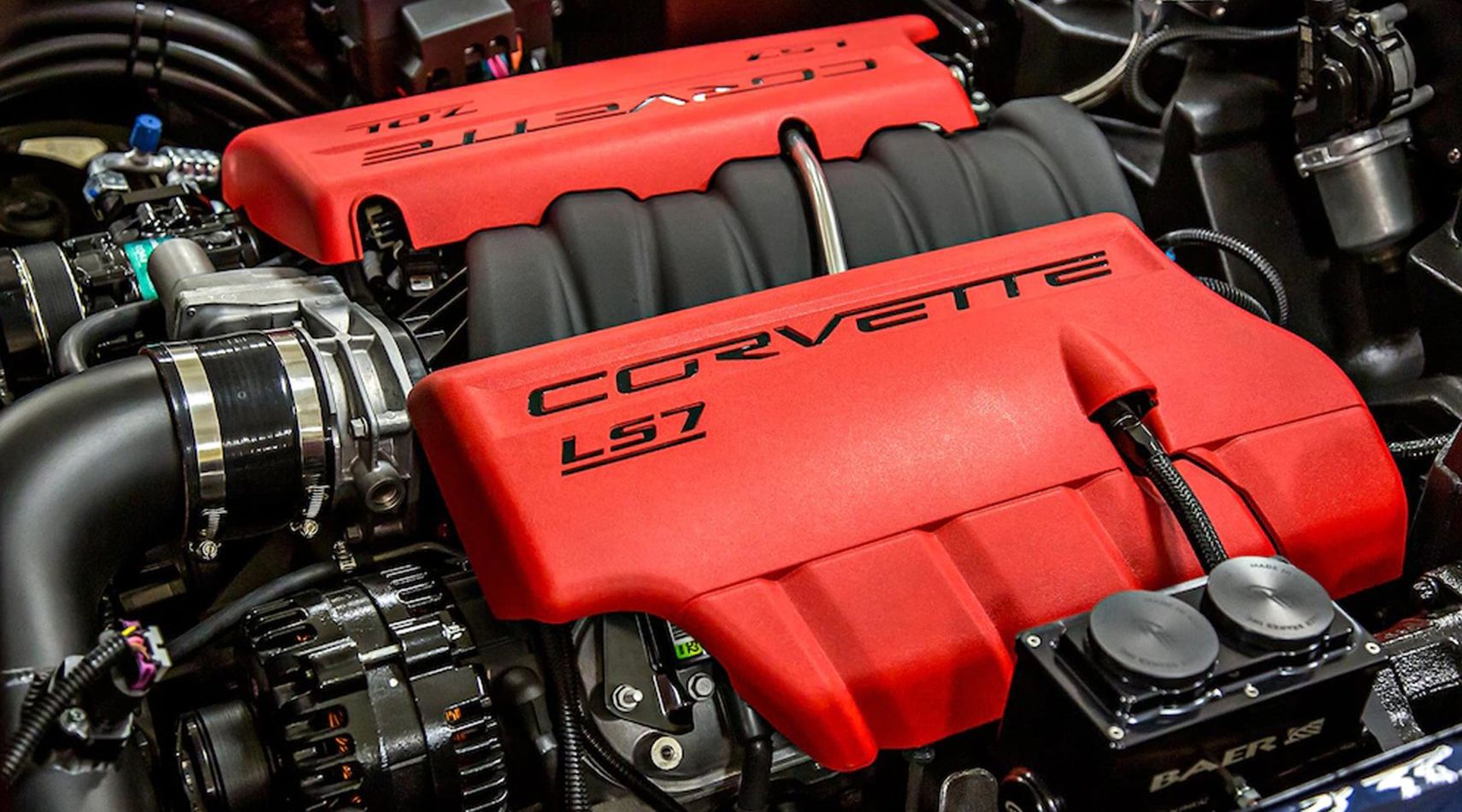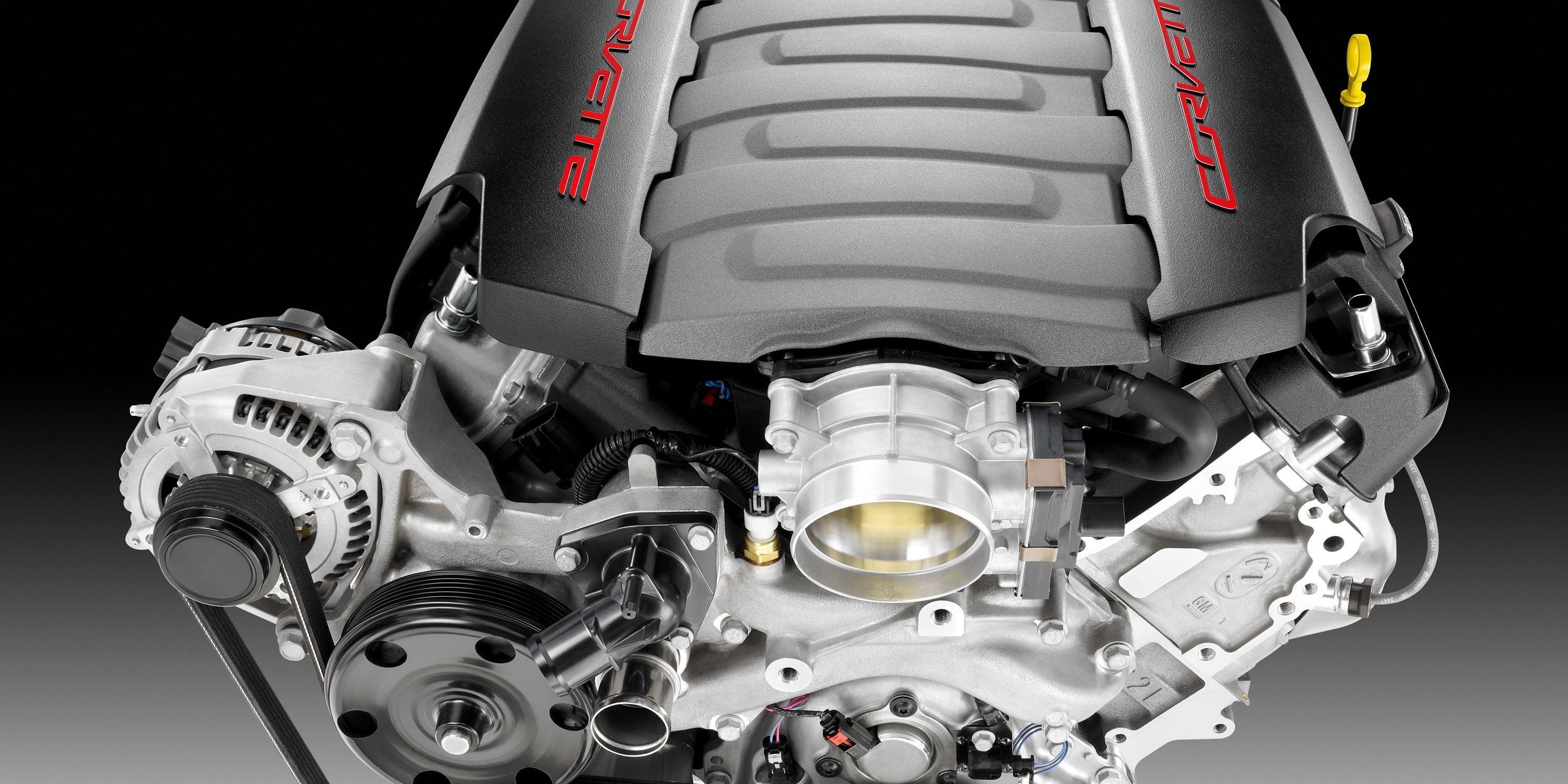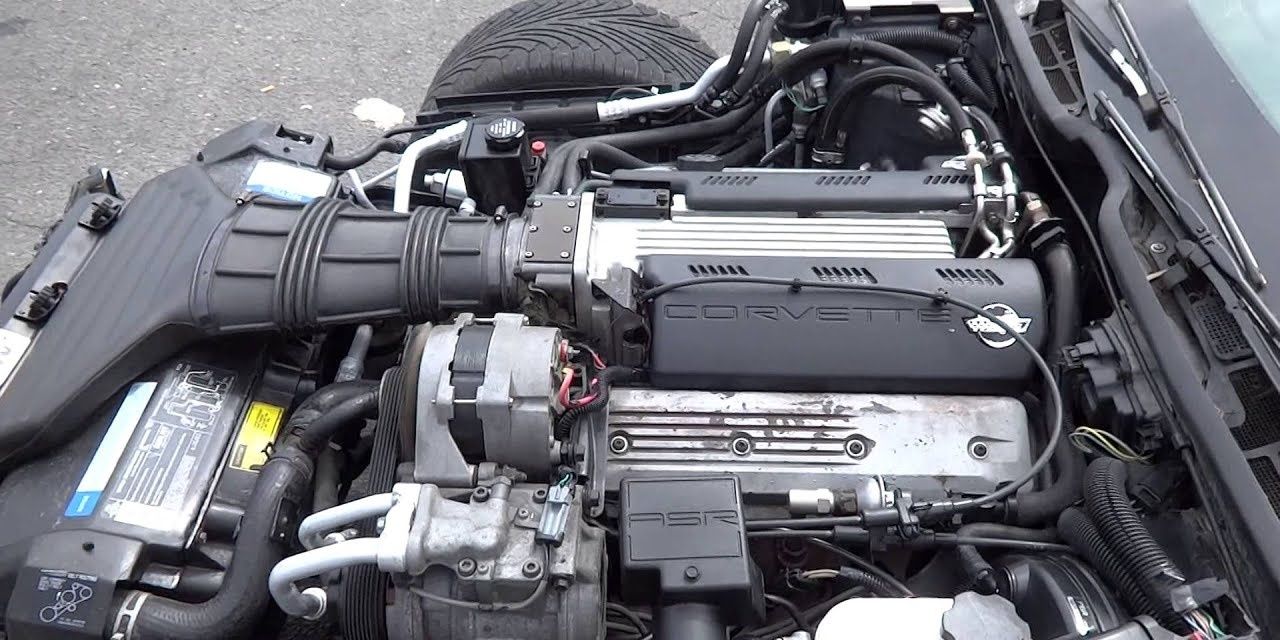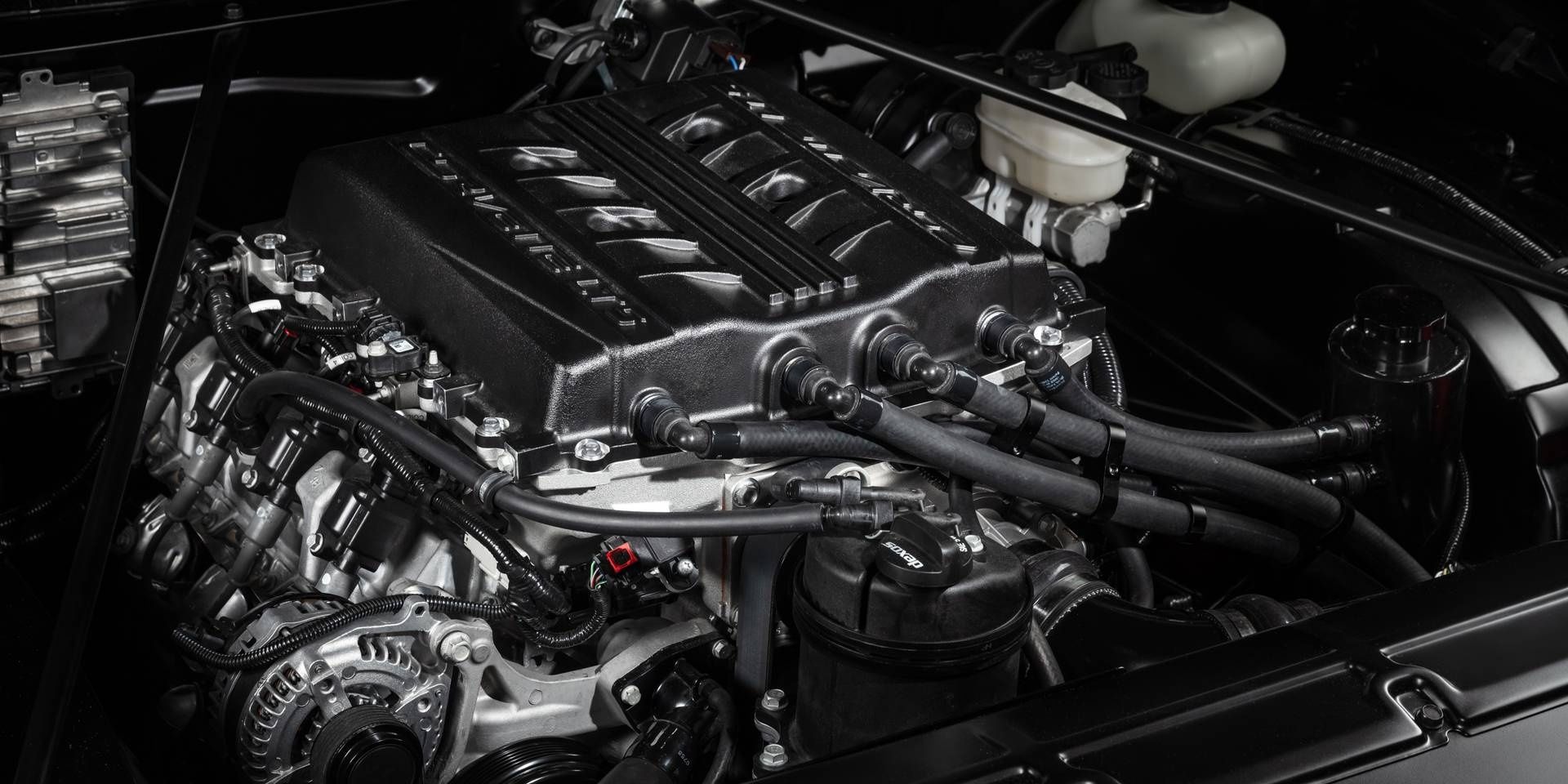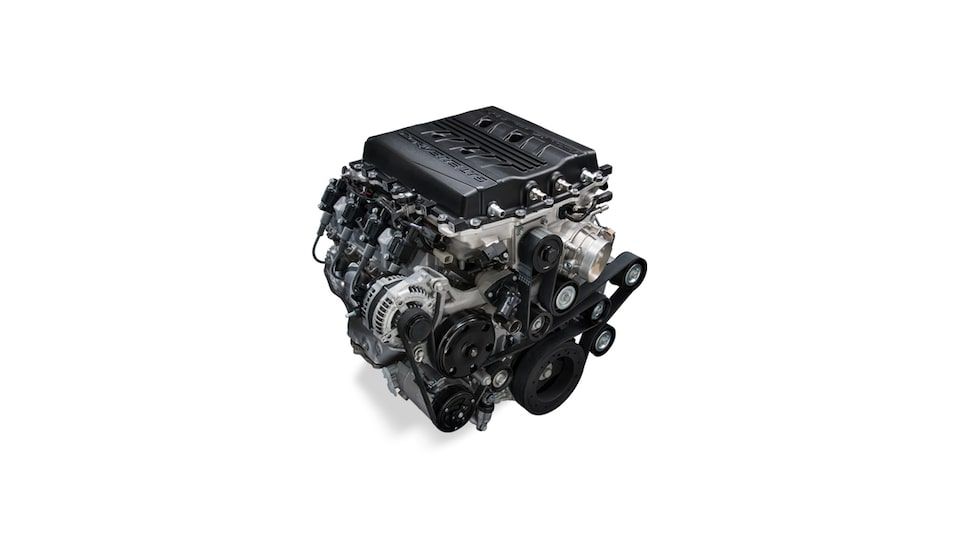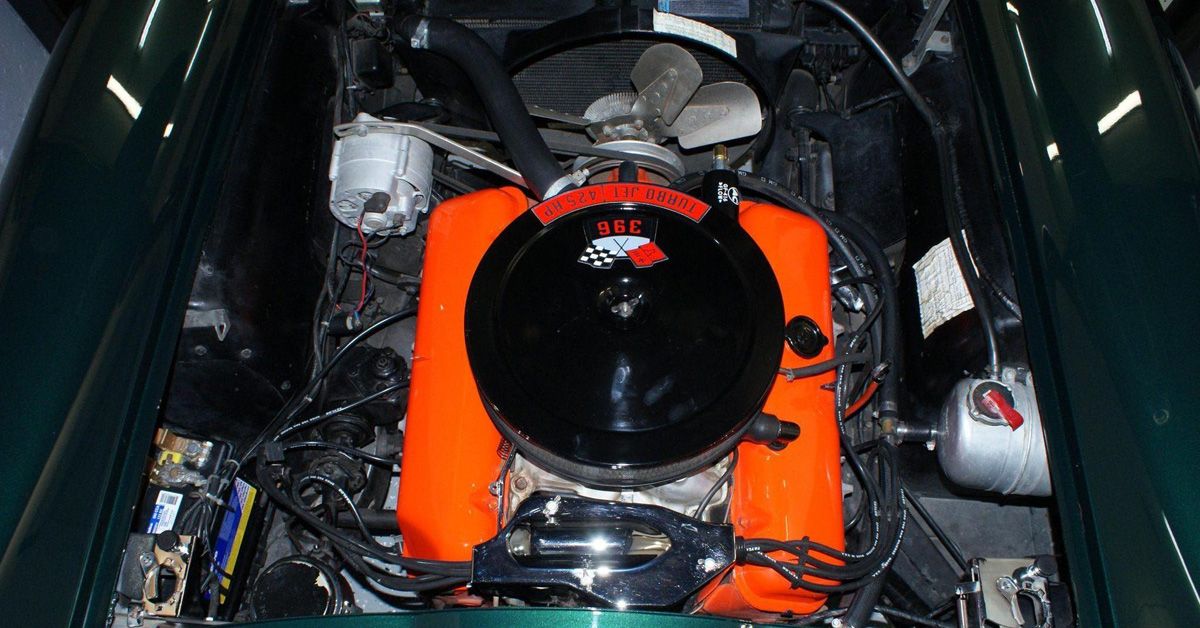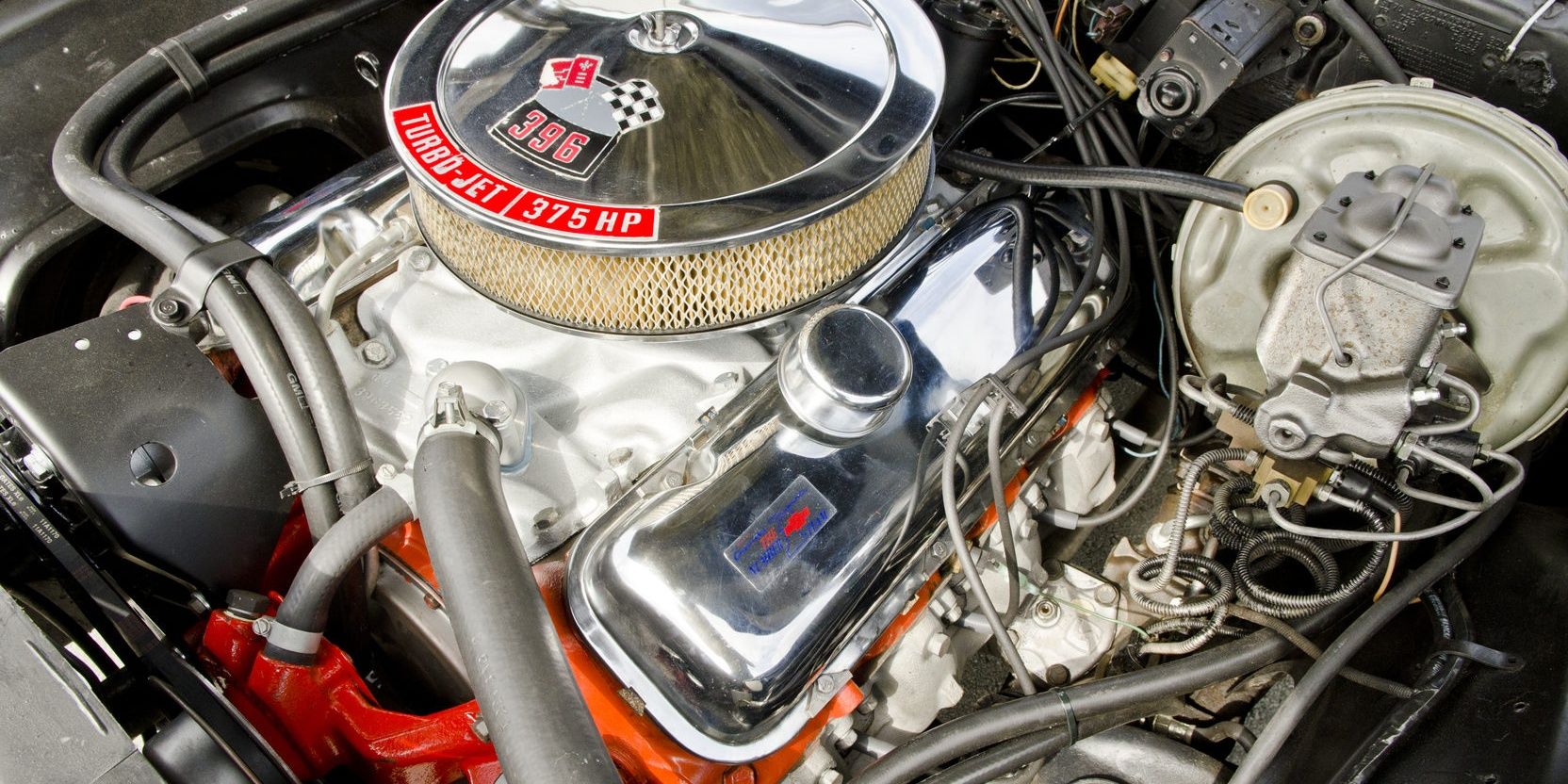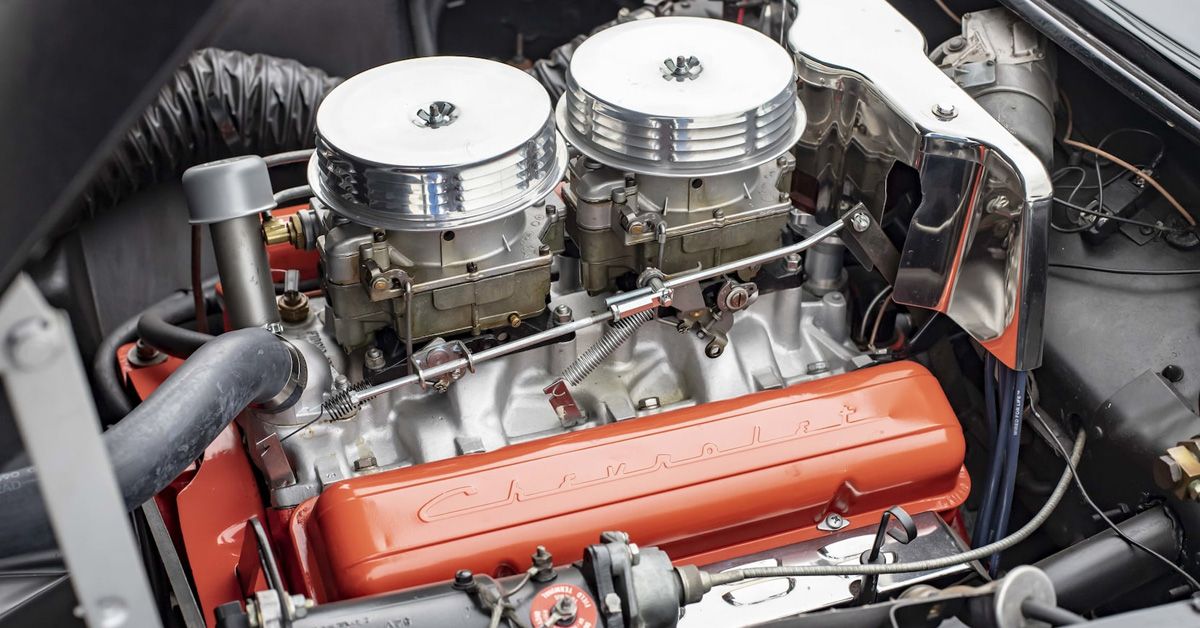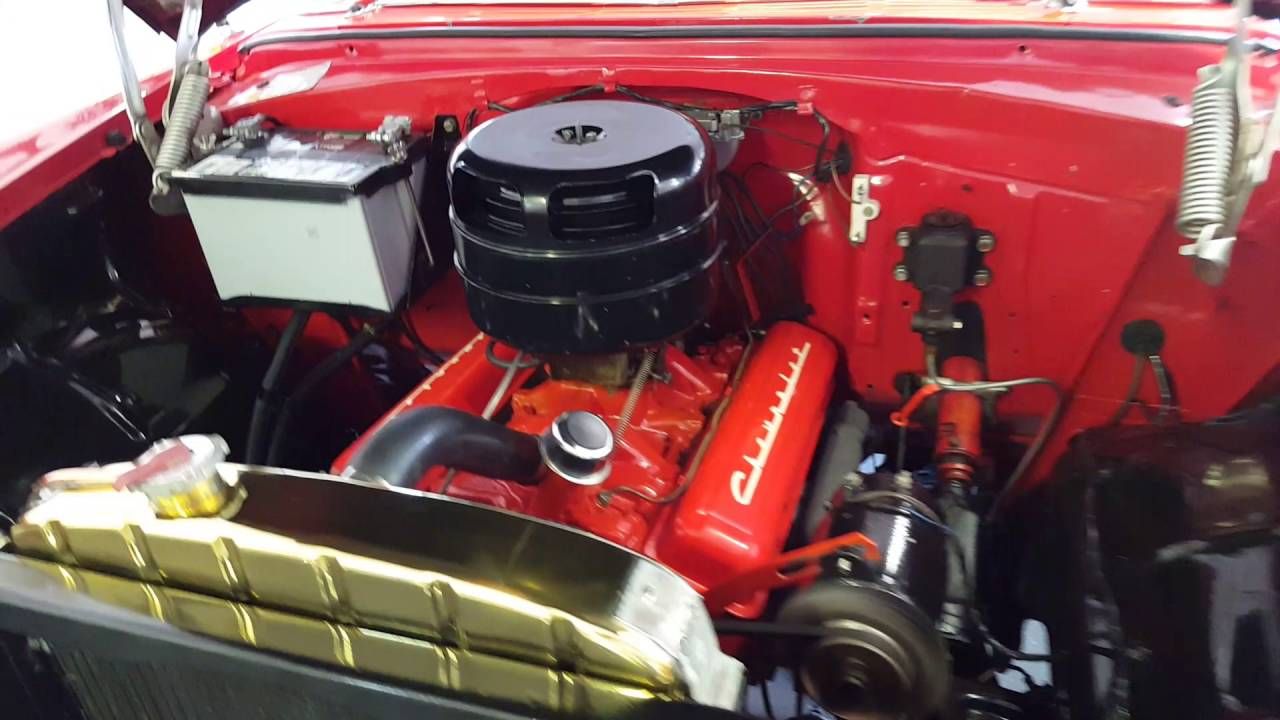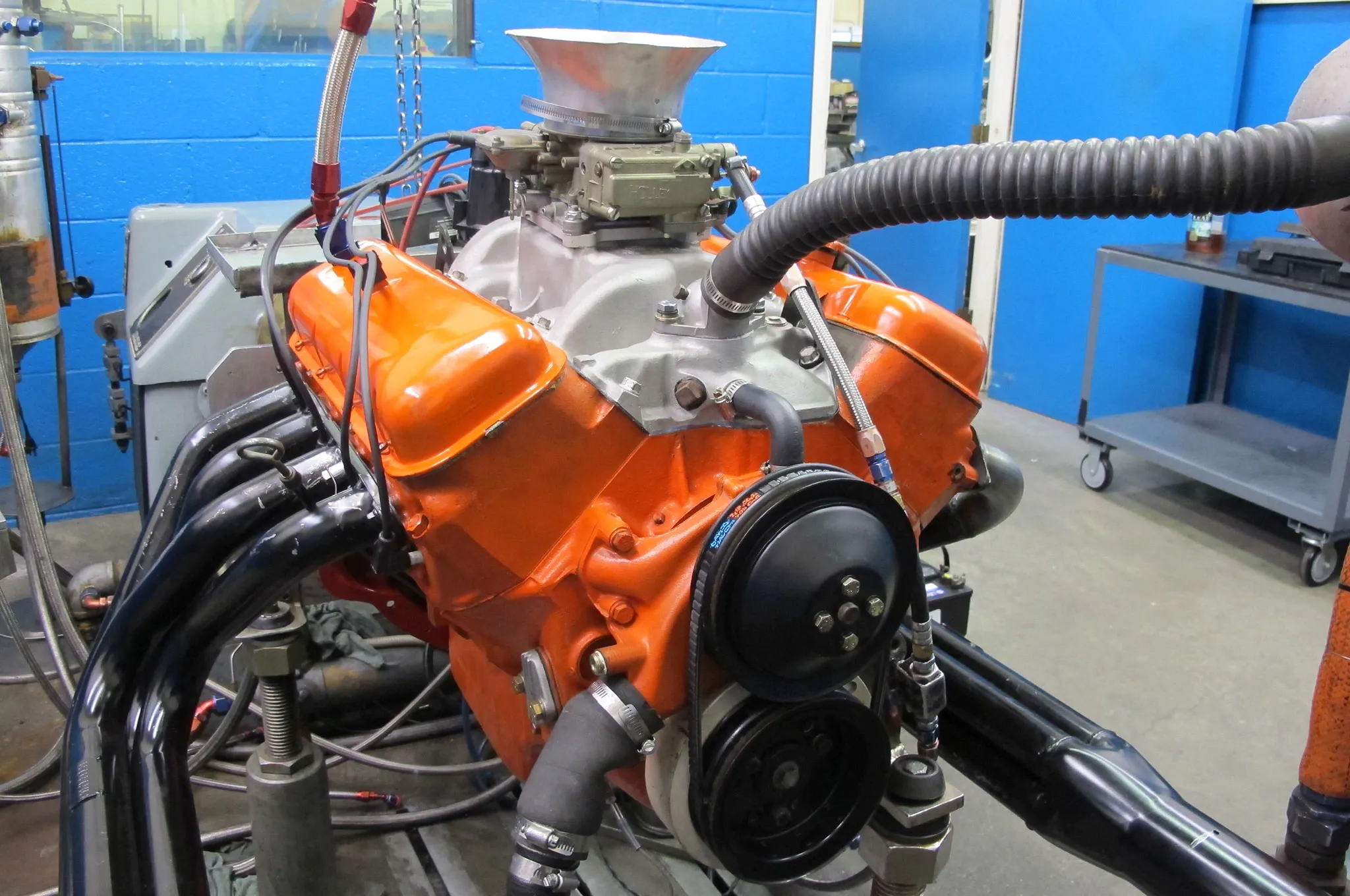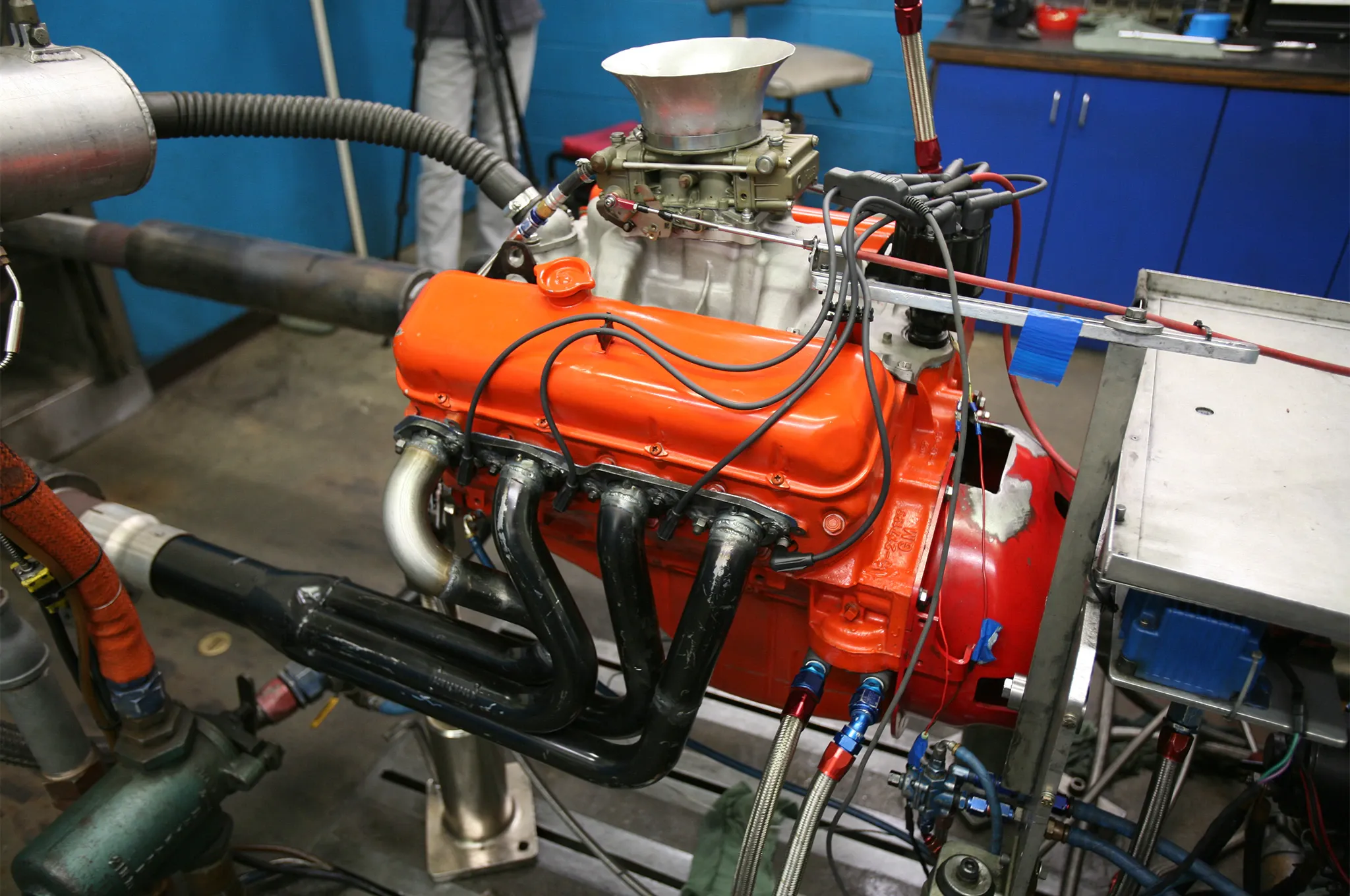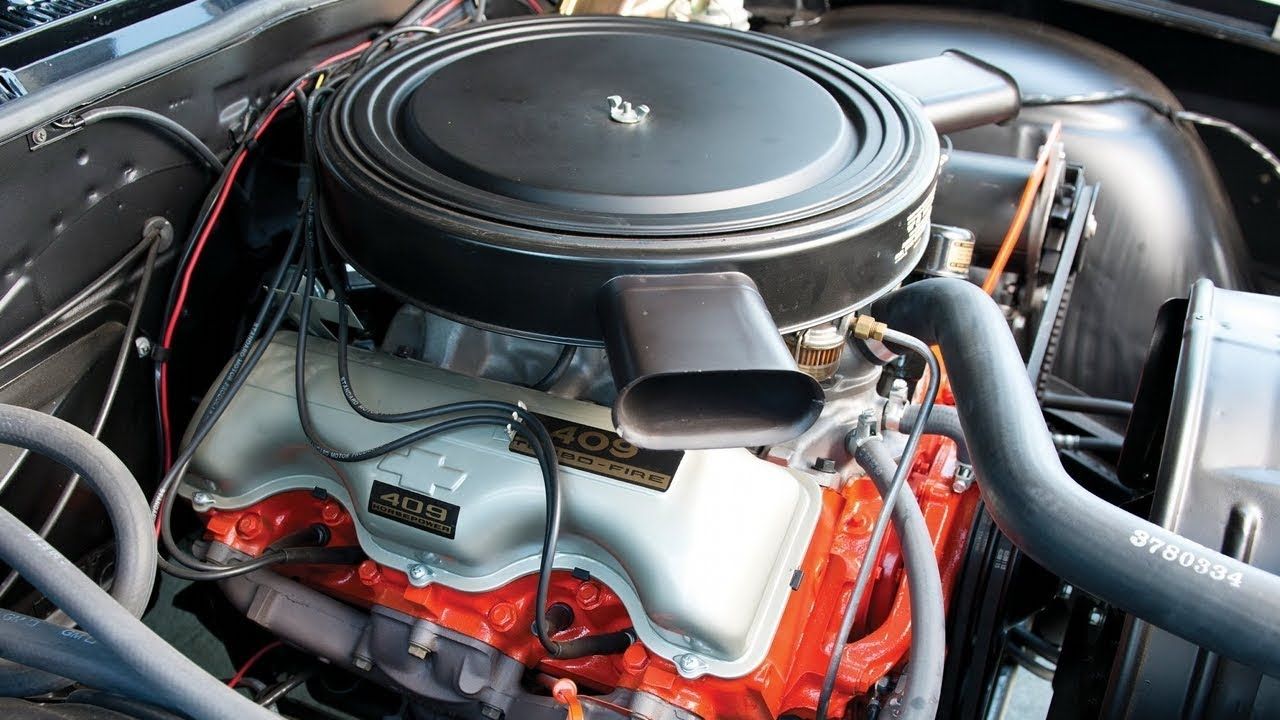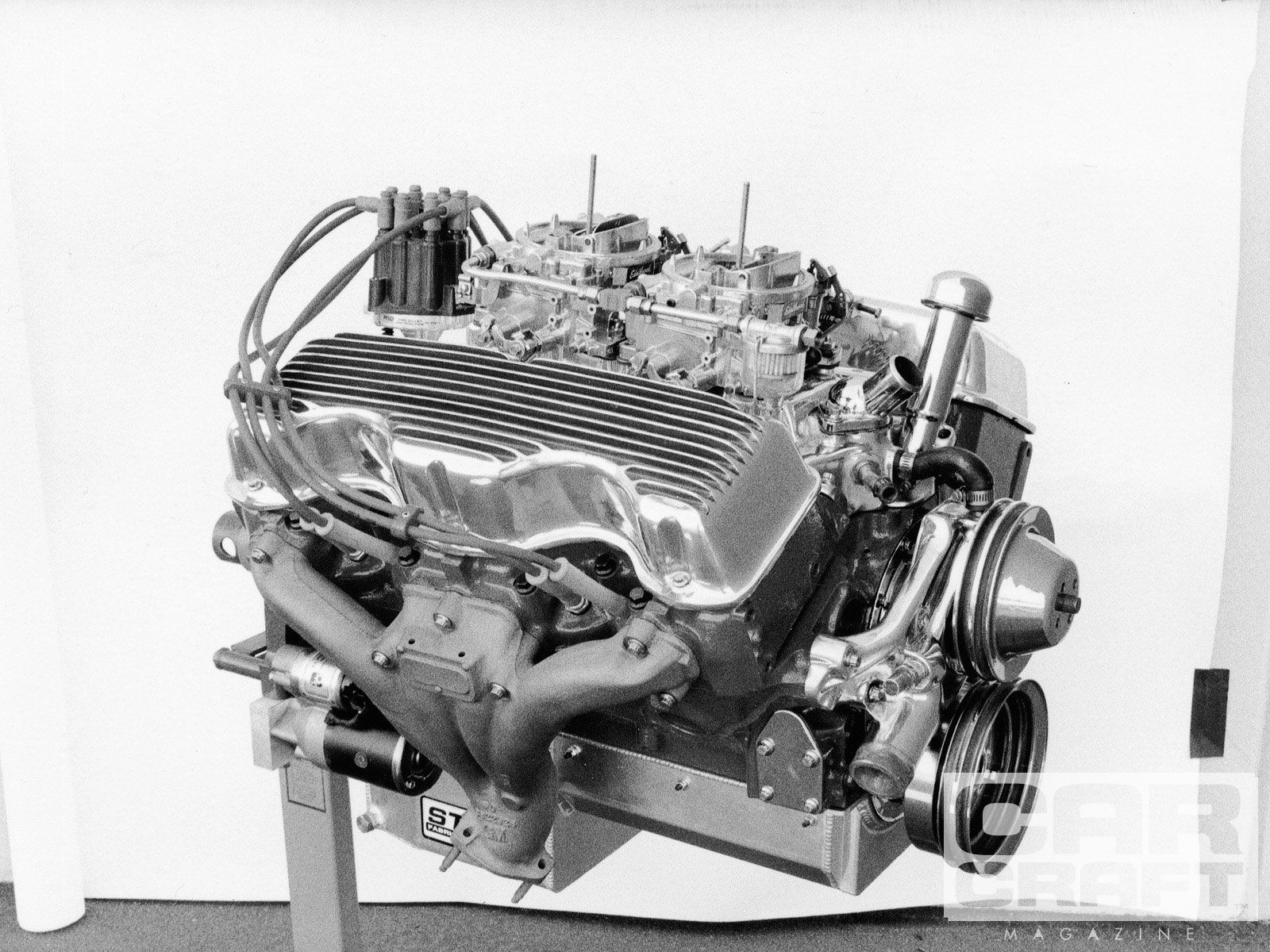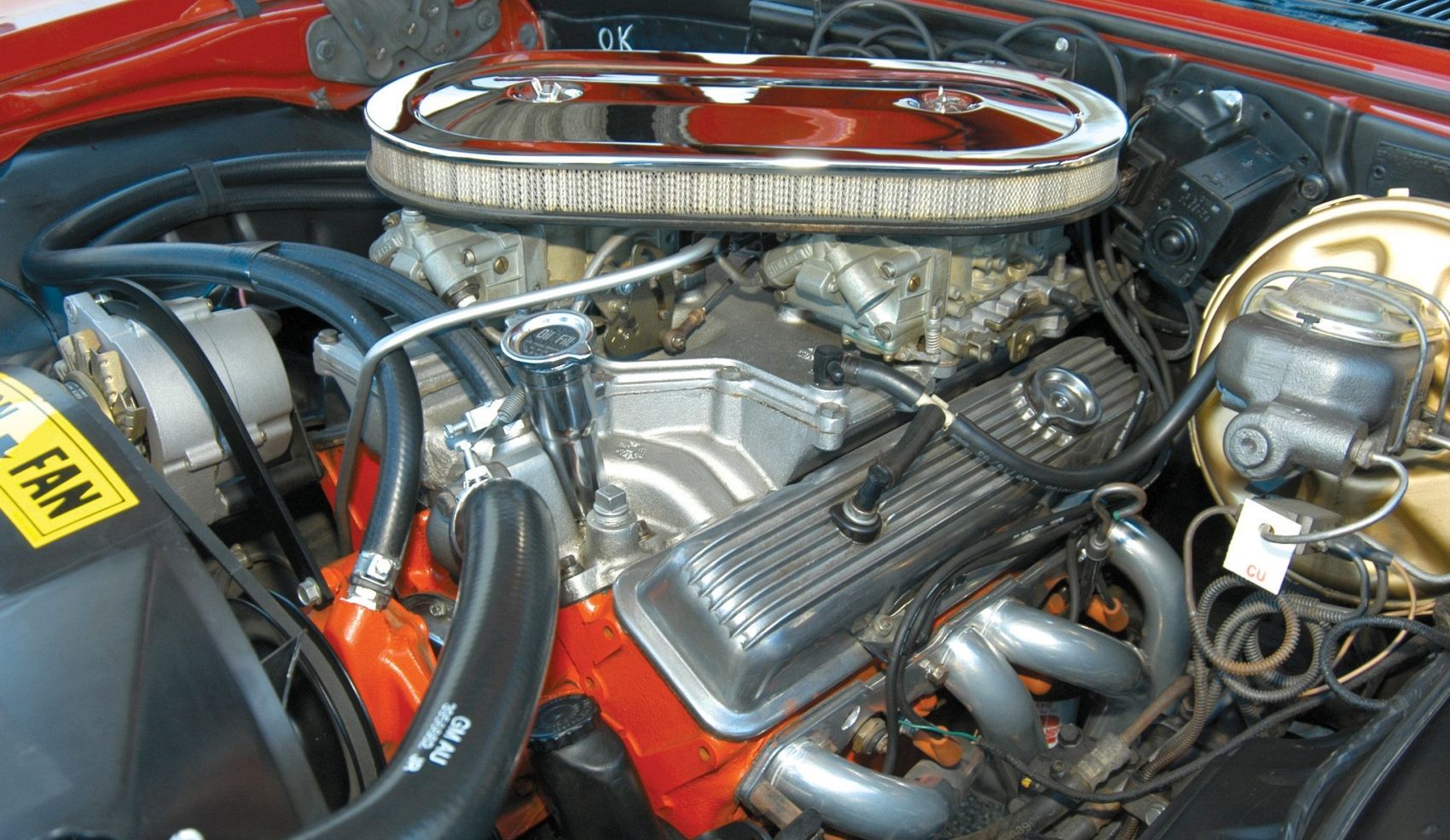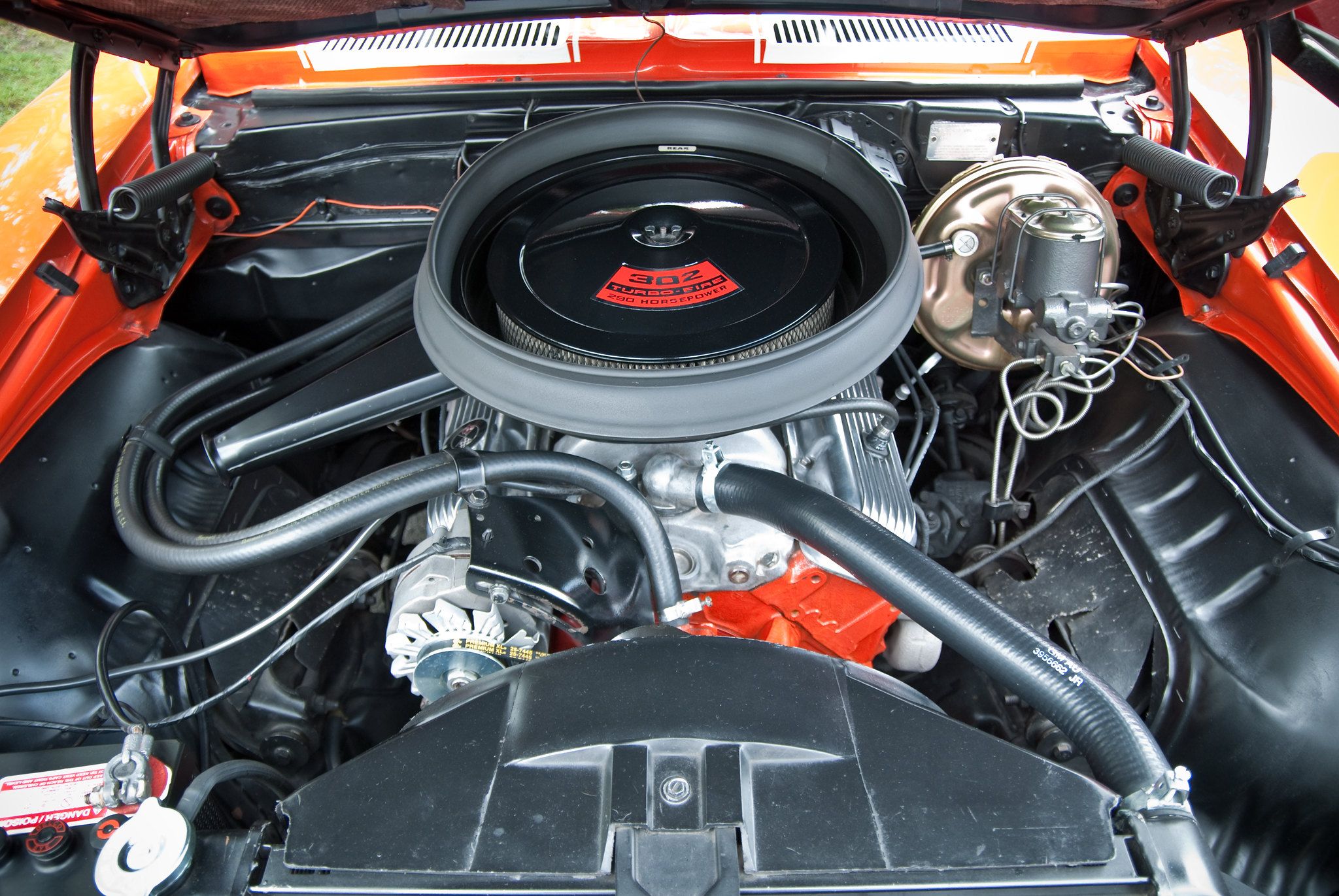An engine is the most important component in any car, whether you're working on a Restomod project in your small garage or constructing a standard racing car for your racing team. You probably know that the options can be overwhelming at times if you're considering using a Chevrolet engine.
Chevrolet is a brand of automobile manufactured by General Motors in the United States. On November 3, 1911, Louis Chevrolet and William C. Durant, the ousted founder of General Motors, founded the Chevrolet Motor Car Company. As you may be aware, Chevrolet is one of the original bad boys in the sports car market. Year after year, this American automaker has produced some of the most powerful vehicles ever.
Everything changed in the fall of 1954, when Ed Cole's lightweight, ground-breaking V-8 arrived, covered in a magnificent '55 design that was completely new from the tires up, amid the intense fight between Chevrolet and Ford. When speed-obsessed enthusiasts discovered the delights of this small behemoth, it quickly displaced the flathead Ford as the performance world's sweetheart. Today, the Chevy V-8 engine has salvaged the Corvette from oblivion and established Chevrolet as the provider of the most dominant domestic engine in automotive history.
10 LS9/LSA
The LS9, with its 638 hp and 604lb-ft of torque, will provide a whole new dimension of potential to the company's LS-series of motors, which are already a huge favorite with people who like to swap the light but powerful V8s into everything from early Mazda RX-7s and more.
GM Corvette restored itself as one of the world's performance leaders with the supercharged 6.2-liter LS9 V-8. The LS9, coupled with the LSA in the Cadillac CTS-V and the 2012 Camaro ZL1, served to consolidate Chevrolet's position as a global performance pioneer.
9 7.0 Liter Corvette C6.R
The golden age of the Corvette Racing C6.R would be marked by stunning achievements from the touch of the first starting grid, including 39 wins in the GT1 class, championships from 2005 to 2008, 12 consecutive wins from 2005 to 2006, and 25 consecutive wins from 2007 to 2009.
Without the restrictions, the LS7.R has a rev limit of 8,000 RPM, and Katech estimates the power would exceed 800 hp. In the early 2000s, the LS7.R engine was an unstoppable force.
8 LS7
The LS7 was not just the latest in a long line of classic small-block V-8 engines, but it was also the engine used by Corvette Racing in its C6.R cars in the American Le Mans Series. Because of its outstanding performance, the LS7 has become a legend in the automotive world.
They made it for the Corvette Z06 and 427 convertible from the sixth generation, as well as the Chevrolet Camaro Z/28 from the fifth generation. The baseline Z06 had 505 horsepower, which was 75 horsepower more than the base Corvette.
7 LT1
It wasn't the first engine with 300 horsepower or more, but it was one of the first that they priced economically. The naturally aspirated LT1 V-8, which is also 6.2 liters, has an aluminum block and either wet-sump or dry-sump oiling.
This 11.5:1-compression small block delivers 460 horsepower at 6,000 rpm and 465 pound-feet of torque at 4,600 rpm in the Chevy Corvette C7 Stingray. This resulted in the automobiles having a better level of performance than the base Corvette.
6 LT5
The LT5 was a brand-new engine that broke away from the small-block mold; it was truly a global effort that resulted in this amazing Vette. They used the LT5 in the first Corvette ZR-1 in 1989, however; They did not build it in the house. GM hired lotus engineering to create the engine.
Lotus originally planned to build the LT5 from the ground up to produce 400 horsepower. On the other hand, GM intended to use the engine block from an existing small-block V-8, so Lotus tweaked their design to match their needs.
5 L78 396 TurboJet
The L78 396 cubic-inch V8 was Chevrolet's big kahuna big-block V8 performance engine for mid-size and smaller muscle cars from 1965 to 1970. The Chevrolet performance parts used in and on the L78 had Chevrolet racing DNA written all over them, although this engine was never used in professional racing.
Two Turbo Jet 396 “big-block” engines replaced the pair of 409s in February 1965: RPO L35, a 325 hp torque engine with oval-port heads and high-velocity pistons. What matters is that it's one of Chevrolet's strongest engines ever. Interestingly, Chevrolet understated the actual power of the engine for some reason.
4 265 V8
It was brand new for the 1955 model year, and it powered more than half of all new Chevys sold. In 1956, it was the same. Its real production run ended in mid-1957 when it became unavailable. The small-block V-8 Chevrolet engine changed the course of automotive history.
Small-block V-8 engines have been employed in European cars, JDMs, race vehicles, off-road trucks, boats, and even custom bikes over the years. The small-block Chevy has been the forerunner of the current V-8. Its basic design has proven to be adaptable enough to accommodate multiple advancements over time and is still in use today.
3 427 “Mystery” Engine
GM disowned the Chevy 427 Mystery engine, which was built by Chevrolet and incorporated design characteristics that would later grow into the Big Block family, and became a legend in its own time. Watch the folks from Motor Trend take this Mystery Motor to the Dyno.
The Chevrolet Mystery Motor, which Junior Johnson utilized to crush the field in the first 100-mile qualifying race at the 1963 Daytona 500, is a source of controversy. It was planned to replace the existing 409ci W-motor and was only intended for NASCAR racing.
2 409 V8
The 409 V8 is fascinating and more than worthy of closer attention, perhaps a dead end in the high-performance Chevrolet tale. Here's an almost forgotten engine downhill. Introduced in 1958 with the 348 W-Series V8 cubic-inch.
The classic song of the Beach Boys is best remembered today, strangely enough. The 409 was about 425 horsepower in its heyday. It was a no-brainer for any GM fan who aspired to win in the NHRA Stock and Super Stock drag racing classifications.
1 302 Small Block
Chevrolet's DZ 302 cubic-inch engine is widely recognized as one of the company's most iconic small blocks. It has certainly garnered recognition for its unusual design and long history in both road racing and drag racing. It won the Manufacturer's Championship back-to-back in 1968 and 1969. Chevy even launched an all-new crate engine in the small-block's 65th Anniversary!
To compete with the Mustang of the time, it used the block from a 327 cubic-inch engine and the crankshaft from a 283 cubic-inch engine, resulting in a 302.4 cubic-inch displacement. We got an awesome rivalry between Ford and Chevy's 302 engines as a result.

